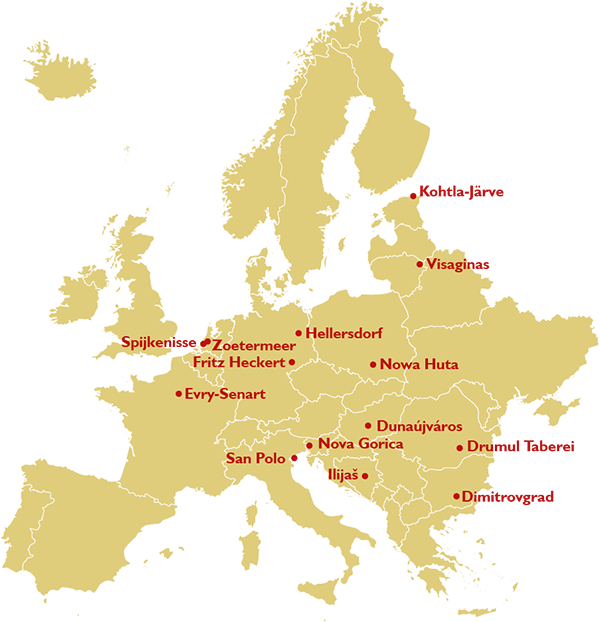The New Town of Spijkenisse is located in the south of the Netherlands near one of the biggest cities in the Netherlands, Rotterdam. Spijkenisse, originally a fishing/farming village, has experienced tremendous expansion since its designation as a growth centre in 1966. From a village of around 3,000 inhabitants, in thirty years it has grown into a town with a population of around 70,000, a significant proportion of whom -at that time and also today- work in the Rotterdam harbour.
Spijkenisse is no longer just an ‘overflow town’ of Rotterdam, instead it is seeking greater independence and a more urban character. One of the main challenges of the city is to include inhabitants in the transformation and to use physical transitions as a means to improve the social wellbeing of its population. The municipality is used to working in a ‘top-down’ fashion and needs to learn how to work inclusively, work with participation processes and bottom up organisations. The declining social status of the older neighbourhoods has led to resentment of its inhabitants towards the (local) government and a rise of anti-immigrant parties.
The Rotterdam port mentality is an important aspect: “don’t talk, but clean” is a key motto in Spijkenisse, which means that people do not think much time should be spent on consultation and endless discussions, but rather roll up their sleeves and, above all, get to work to show results. Residents of Spijkenisse do not hesitate to make their feelings and thoughts heard. This translates into protest votes against the establishment during local and national elections, resulting in populist parties getting many votes in Spijkenisse. The modernisation and improvement of (problem) neighbourhoods in the city of Rotterdam is causing gentrification. This results in people with a lower social status moving to the periphery. Spijkenisse is also experiencing the consequences of this: an increase in social care needs and deterioration of social cohesion caused by a lack of ownership and involvement in the neighbourhood. The many immigrant workers (mainly Eastern European) form a diverse community, yet their presence creates societal tensions. The city is in need of a future vision for transformation which is green and inclusive.





